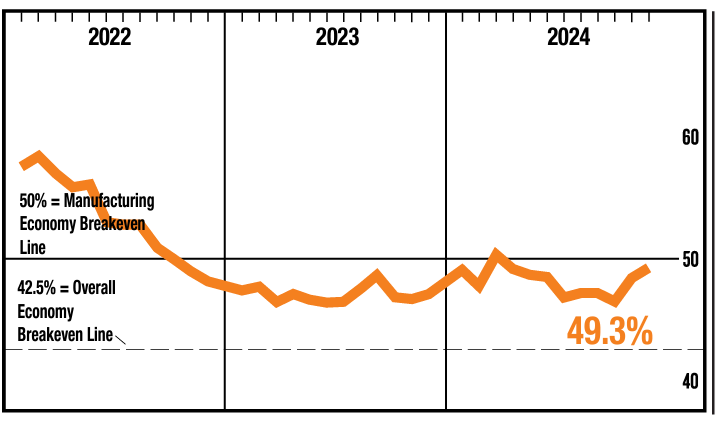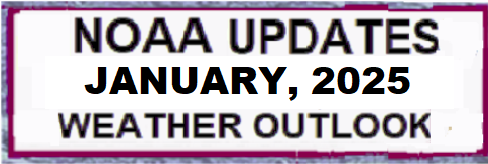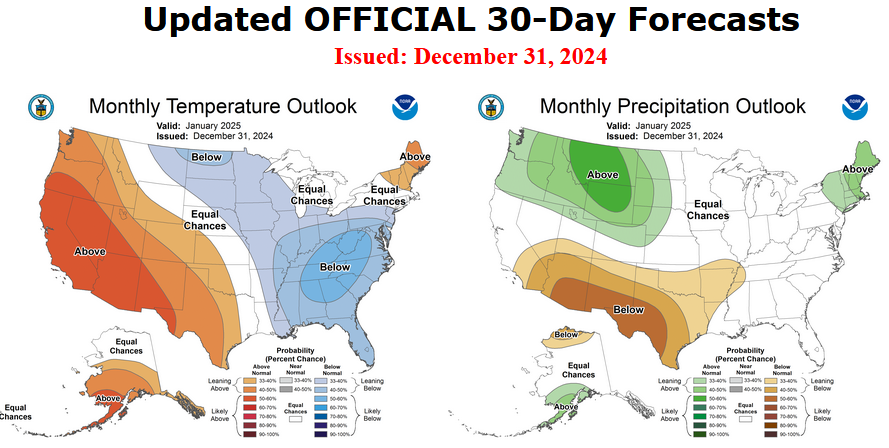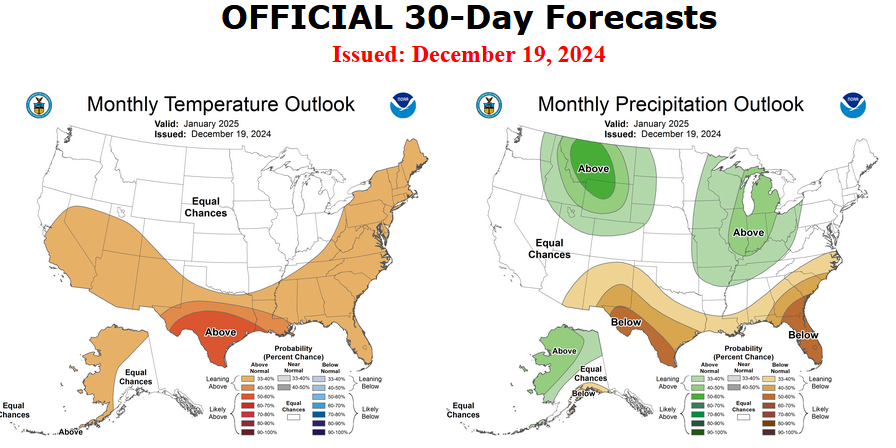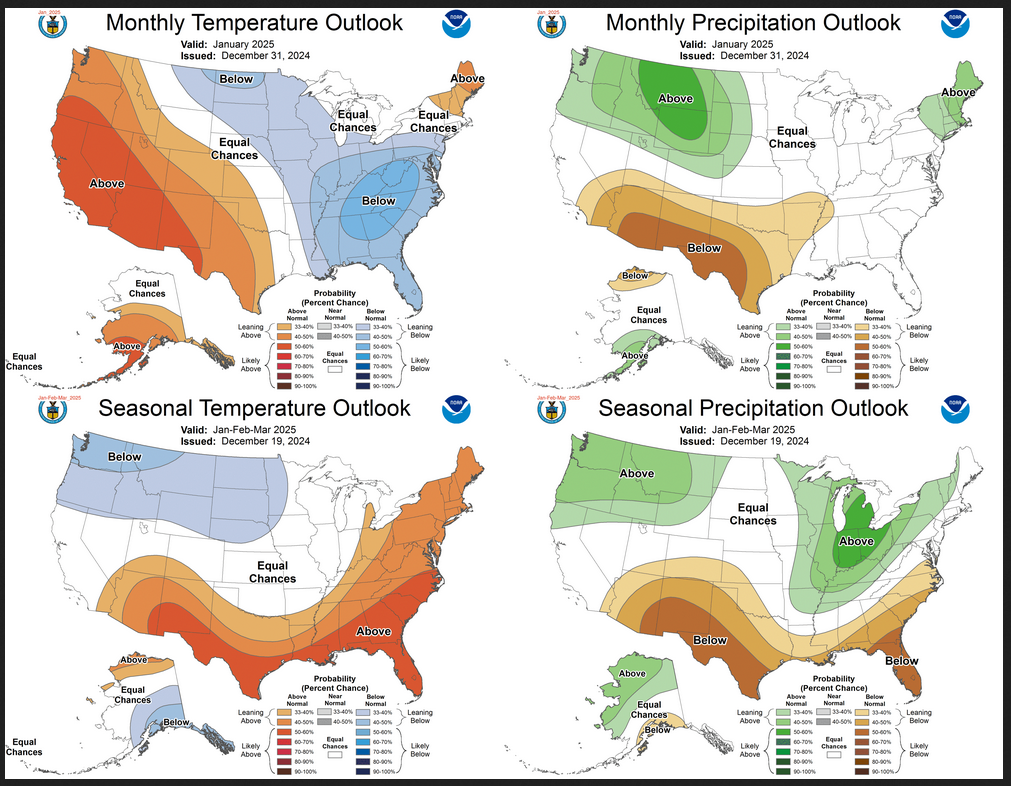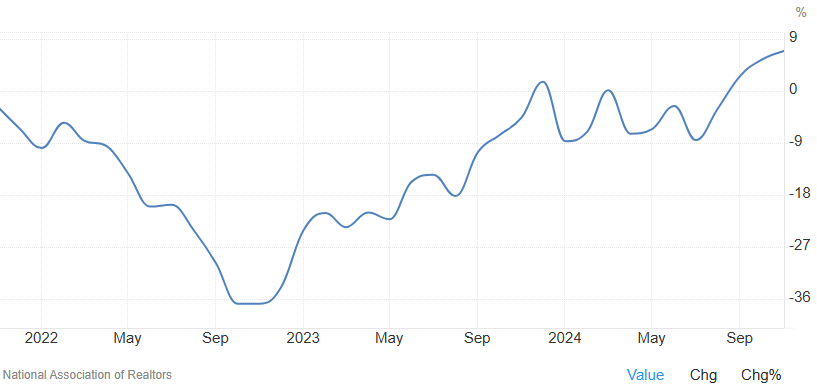Weather Outlook for the U.S. for Today Through at Least 22 Days and a Six-Day Forecast for the World: – Posted on January 3, 2025
This article focuses on what we are paying attention to in the next 48 to 72 hours. The article also includes weather maps for longer-term U.S. outlooks (up to four weeks) and a six-day World weather outlook which can be very useful for travelers.
First the NWS Short Range Forecast. The afternoon NWS text update can be found here after about 4 p.m. New York time but it is unlikely to have changed very much from the morning update. The images in this article automatically update.
Short Range Forecast Discussion
NWS Weather Prediction Center College Park MD
Fri Jan 03 2025
Valid 12Z Fri Jan 03 2025 – 12Z Sun Jan 05 2025…Heavy lake-effect snow downwind from Lakes Erie and Ontario; Moderate
to heavy lake-effect snow downwind from the Upper Great Lakes…… Moderate to heavy snow or the Cascades, Sierra Nevada Mountains, and
the higher elevation of the West; 0.1 inches of freezing rain over parts
of the Central Plains/Middle Mississippi Valley on Saturday……Moderate to heavy rain over parts of Pacific Northwest and Northern
California on Friday…Cold high pressure over the Plains will slowly move eastward to the
Southeast/Central Appalachians by Sunday. The cold air and upper-level
energy over the Great Lakes and Northeast will create heavy lake-effect
snow downwind from Lakes Erie and Ontario through Sunday. In addition,
moderate to heavy lake-effect snow will develop downwind from the Upper
Great Lakes through Sunday, too. Furthermore, moderate to heavy upslope
snow will develop over parts of the Central Appalachians on Friday.Meanwhile, a front over the Eastern Pacific will move onshore over the
West Coast and move southeastward to the Southern Plains by Sunday.
Moisture associated with the system will produce moderate to heavy rain
over parts of the Pacific Northwest and Northern California on Friday.
Snow will develop over parts of the Cascades, Northern Intermountain
Region, and Northern Rockies. By early afternoon, the boundary will pass
the Northwest and California, rain will change over to snow over the
Southern Cascades into the Sierra Nevada Mountains through Saturday
morning.A weakening front will move close to the Pacific Northwest Coast by late
Saturday morning and dissipate by Sunday. The system will bring more
coastal rain and higher�elevation snow over parts of the Pacific
Northwest and Northern California through Sunday.Furthermore, by Saturday afternoon, the lead front will move to the
Southern High Plains and into the Southern Plains by Sunday. The storm
will produce significant wintry weather, with impacts over the Central
Plains by late Saturday and the Ohio and Tennessee Valleys on Sunday.
Additionally, the storm will create severe travel disruptions.Moreover, areas in the Central Plains and Central Mississippi Valley,
especially along and north of Interstate 70, are likely to experience
heavy snowfall, with a high chance (60-90 percent) of at least 6 inches of
snow from late Saturday into Sunday. Significant sleet and freezing rain
are anticipated from eastern Kansas and the Ozarks extending eastward to
the Tennessee and lower Ohio Valleys, also on Saturday into Sunday.Further, rain will develop over parts of the Southern Plains/Lower
Mississippi Valley overnight Saturday, and some areas of showers and
thunderstorms will develop by Sunday morning.




